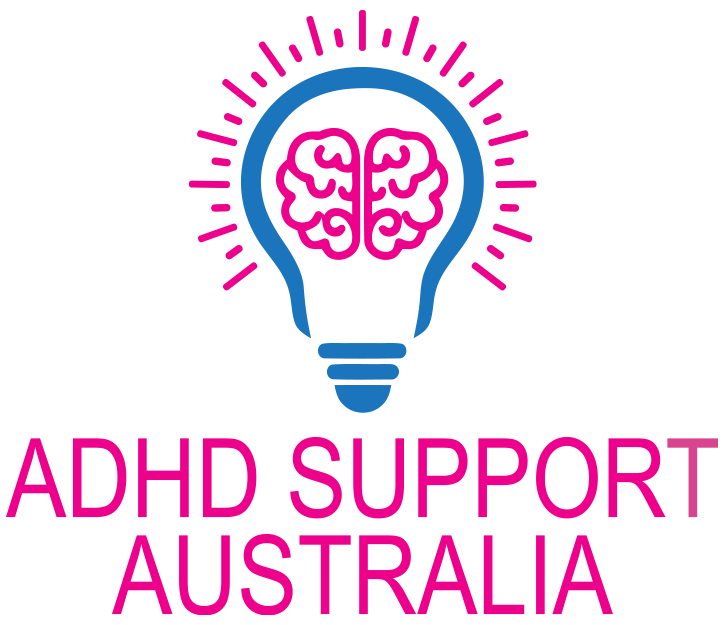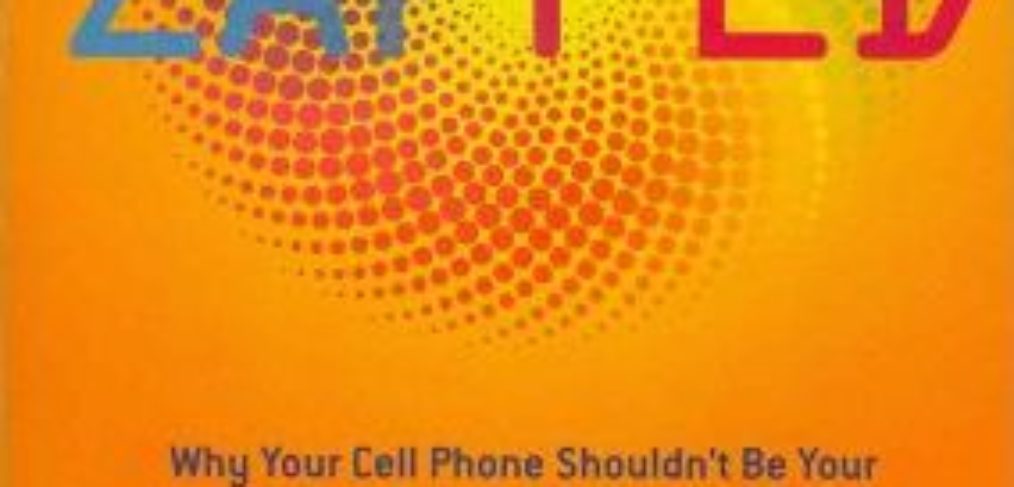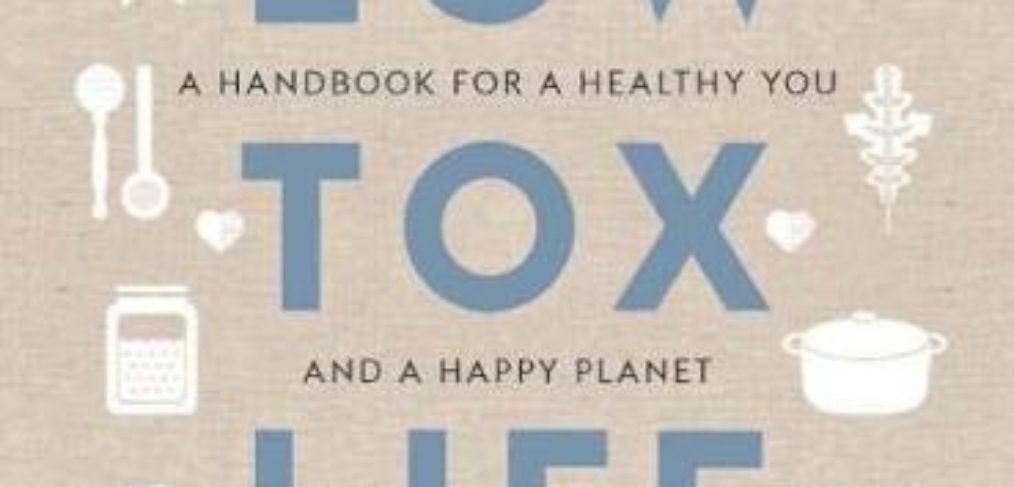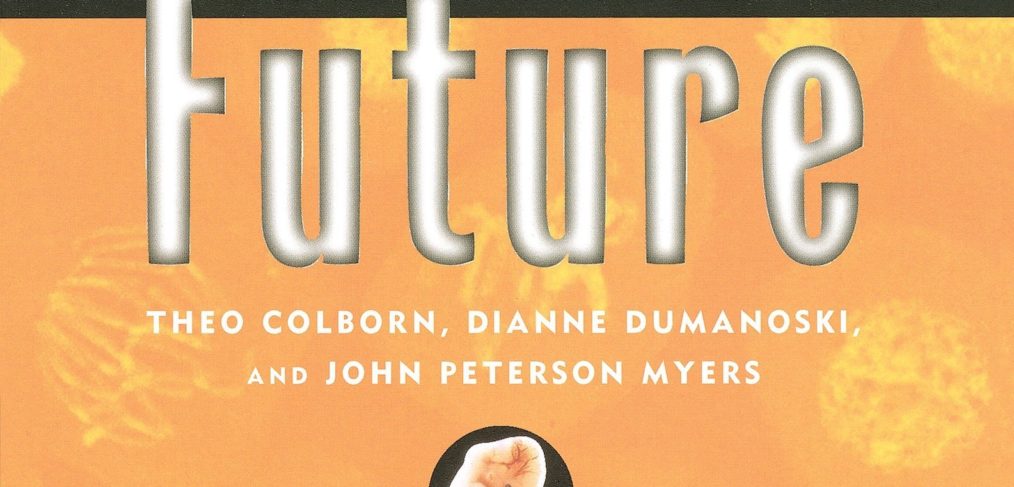The Non-Tinfoil Guide to EMFs : How to Fix Our Stupid Use of Technology
Can you really feel years younger & make unexplained symptoms vanish with the click of a button – the “Airplane Mode” on your cell phone?
Investigative Health Journalist Nicolas Pineault used to think this all sounded like something only crazy people wearing tinfoil hats would say.
But the overwhelming amount of independent scientific evidence linking electromagnetic fields (EMFs) from wireless technologies with increased risks of cancer, infertility, insomnia, and depression sure has the uncanny ability to change a man’s mind.
The Non-Tinfoil Guide to EMFs is a simple and unconventional book that will teach you exactly how to reduce your exposure to this brand new 21st-century pollution without going back to the Stone Age.
You will learn:
What your smartphone, your wifi router and your microwave oven have in common (page 9) Why policy makers and scientists all worldwide don’t agree about whether EMFs are dangerous or not (page 21) Is Electro-Hypersensitivity as popularized in the TV show “Better Call Saul” real? Or is it all psychological? (page 62) Why carrying a cell phone in your pocket can harm your fertility (201 studies prove it) (page 72) The 1-click fix to reduce cellphone EMFs by 84% (page 142) What is safer? Speakerphone, earbuds or a Bluetooth ear piece? (page 155) The #1 worst source of EMF radiation at home (page 160) Why baby monitors are worse than smartphones, and better alternatives (page 208)
It’s true. The jury is still out about whether cellphone radiation is the new smoking or just a temporary scare. But why take chances?
Instead, read The Non-Tinfoil Guide to EMFs – the technological seat belt you might just need to use your new gadgets safely.
Zapped : Why Your Cell Phone Shouldn’t Be Your Alarm Clock and 1,268 Ways to Outsmart the Hazards of Electronic Pollution
A groundbreaking expose of the hidden truths of electro-pollution, Zapped is the first comprehensive, step-by-step guide to counteracting the invisible hazards of everyday electromagnetic exposure. Award-winning author, nutritionist, and First for Women magazine columnist Ann Louise Gittleman combines the best of energy medicine with the latest scientific research in a user-friendly powerhouse designed to safeguard you and your family. Following her New York Times bestselling books on weight loss (The Fat Flush Plan; Fat Flush for Life) and peri-menopause (Before the Change), Gittleman offers another vital, pioneering work of health science for the new century.
Low Tox Life : A handbook for a healthy you and happy planet
Ever stopped to read the list of ingredients in the products you use every day? In Low Tox Life, activist and educator Alexx Stuart gently clears a path through the maze of mass-market ingredient cocktails, focusing on four key areas: Body, Home, Food and Mind.
Sharing the latest science and advice from experts in each area, Alexx tackles everything from endocrine-disruptors in beauty products to the challenge of going low plastic in a high-plastic world, and how to clean without a hit of harmful toxins.
You don’t need to be a full-time homesteader with a cupboard full of organic linens to go low tox. Start small, switching or ditching one nasty at a time, and enjoy the process as a positive one for you and the planet.
Our Stolen Future : Are We Threatening Our Fertility, Intelligence, And Survival? A Scientific Detective Story
A critically important book that forces us to ask new questions about the synthetic chemicals that we have spread across this earth.”–former vice president Al Gore, author of An Inconvenient Truth
Our Stolen Future examines the ways that certain synthetic chemicals interfere with hormonal messages involved in the control of growth and development, especially in the fetus. The developing fetus uses these natural hormonal messages, which come from both from its own hormone system and from its mother, to guide development. They influence virtually all of the growing individual’s characteristics, from determining its sex to controlling the numbers of toes and fingers to shaping intricate details of brain structure. Scientific research over the last 50 years has revealed that this hormonal control of development is vulnerable to disruption by synthetic chemicals. Through a variety of mechanisms, hormone-disrupting chemicals (also known as endocrine disrupting chemicals or endocrine disruptors) interfere with the natural messages and alter the course of development, with potential effects on virtually all aspects of bodily function. Our Stolen Future explores the scientific discovery of endocrine disruption. The investigation begins with wildlife, as it was in animals that the first hints of widespread endocrine disruption appeared. The book then examines a series of experiments examining endocrine disruption of animals in the laboratory which show conclusively that fetal exposure to endocrine disrupting chemicals can wreak life-long damage. These experiments also reveal some of the biological processes by which these chemicals have their effects, and that endocrine disruption effects can be caused by exposure to infinitesimally small amounts of contaminant. Moving from animals to people, Our Stolen Future summarizes a series of well-studied examples where people have been affected by endocrine disrupting chemicals, most notably the synthetic hormone dietheylstilbestrol (DES), to which several million women were exposed through misguided medical attempts to manage difficult pregnancies in the 1950s, ’60s and ’70s. Our Stolen Future then asks a broader, more difficult and more controversial set of questions. Given what is known from wildlife and laboratory studies, and from examples of well-studied human exposure, and given that exposure to endocrine disrupting chemicals in the real world is widespread at levels comparable to those sufficient to cause animal harm, what effects should health scientists be looking for in people in general? Effects to be expected include declines in fertility and other impacts on the reproductive system of both men and women, impairments in disease resistance, and erosions in intelligence.











